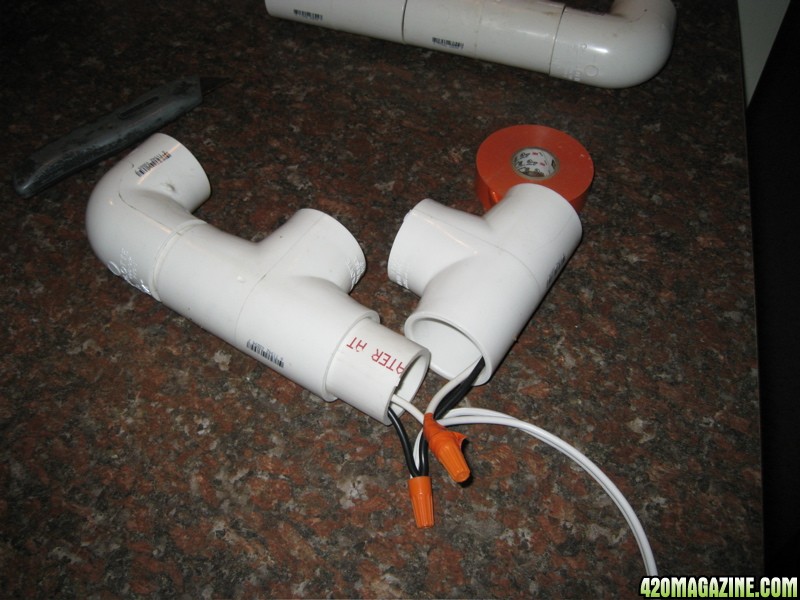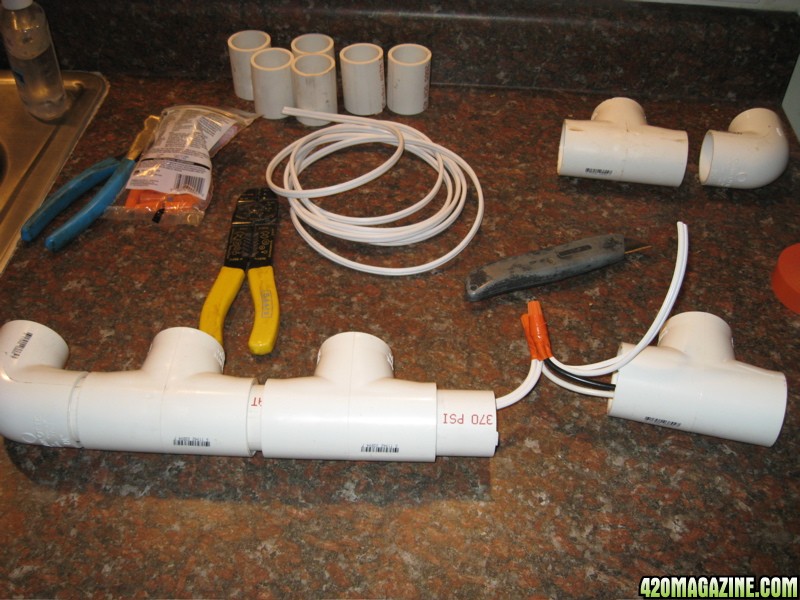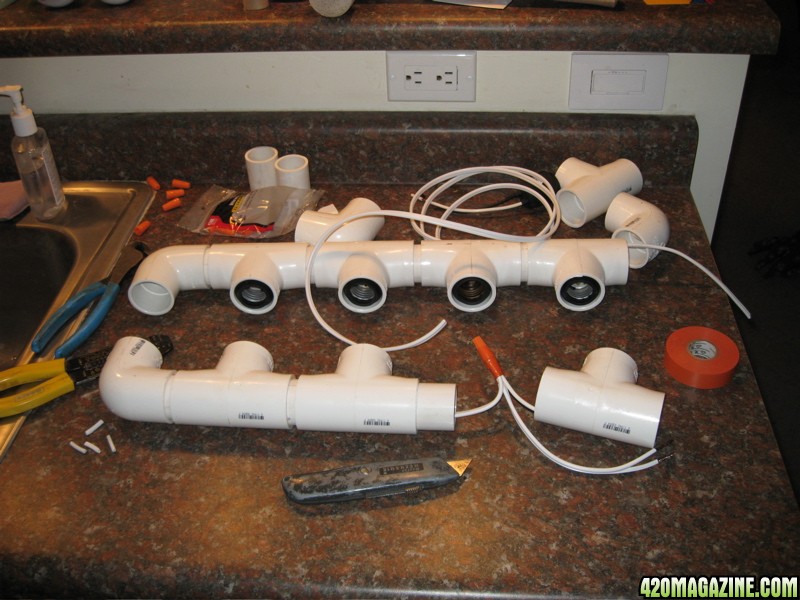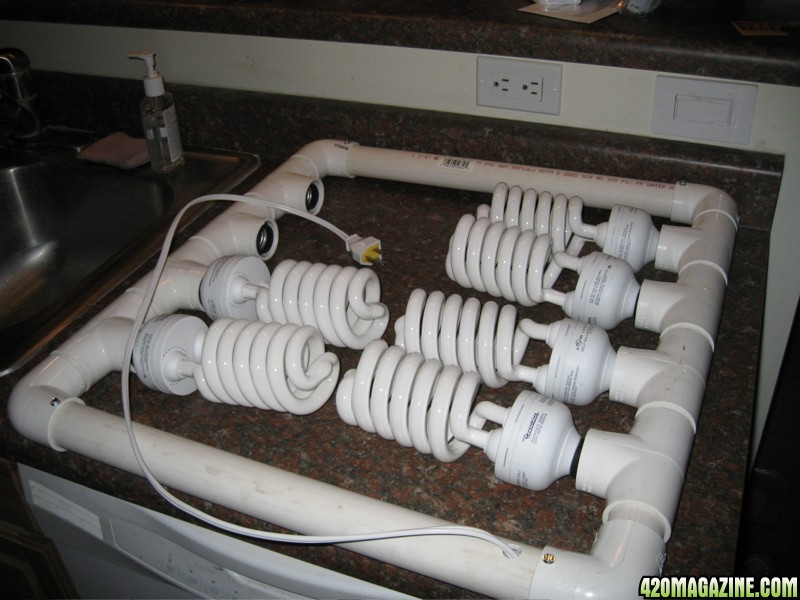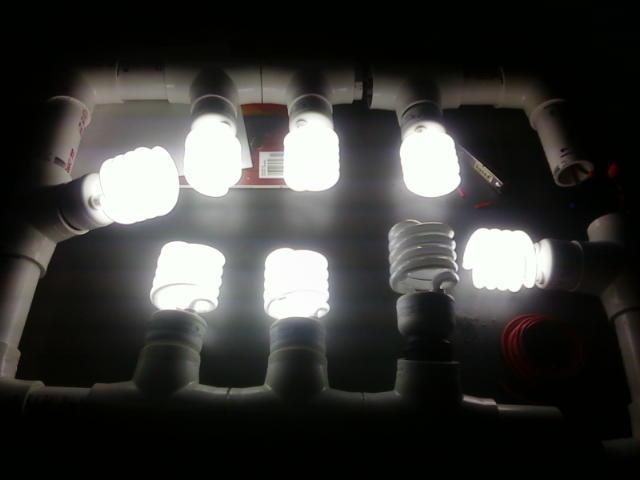- Thread starter
- #121
i recently bought a 250w blue cfl, the site i bought it from claims it produces 24,000 lumens! do you think this is correct? the reason i ask is because im sure i read that a 200w produces 9,000 lumens.
I am pretty sure that all fluorescent bulbs in a tube type produce 60 to 70 lumens per watt, MAX, so 250 watts would be about 16,000 to 17,000 lumens at MAX.
ACFL can be as low as 50 lumens per watt. My 200 watt CFLs said 9600 lumens on the carton.



